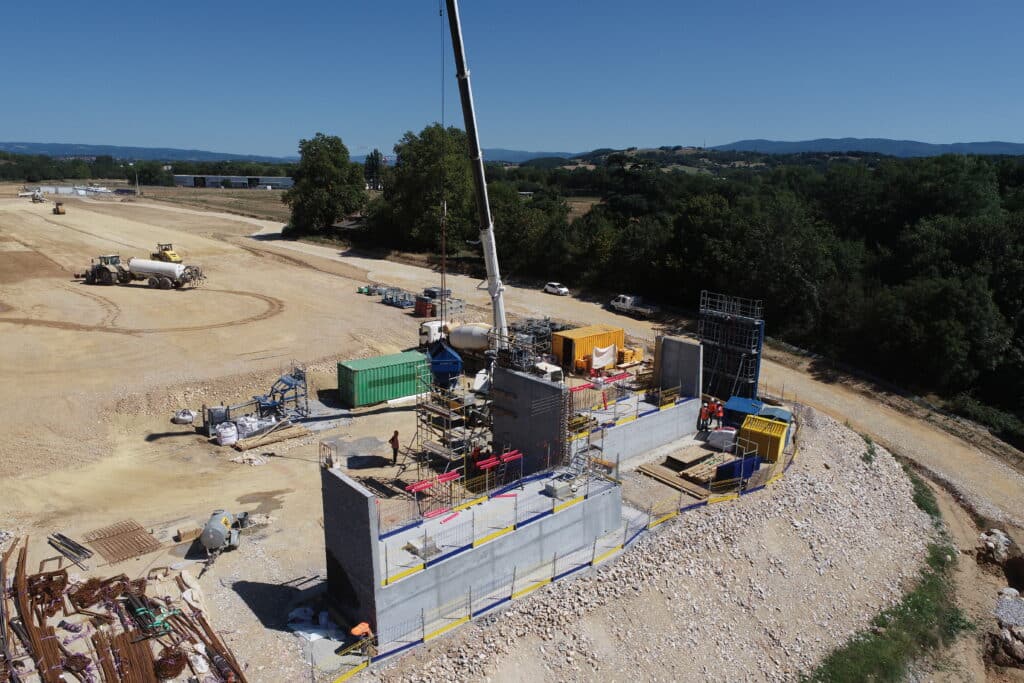Later-in-Life Autism Diagnosis: A Guide To Support And Transformation

Table of Contents
Understanding the Later-in-Life Autism Diagnosis Process
For many, the realization that they might be autistic comes much later in life. Understanding the process of receiving a later-in-life autism diagnosis is crucial for self-advocacy and accessing appropriate support.
Why Diagnosis is Important in Adulthood
An adult autism diagnosis offers significant benefits, even years after childhood. It provides a framework for understanding past experiences, behaviors, and challenges, fostering self-compassion and acceptance.
- Improved self-compassion and self-acceptance: Understanding autism helps contextualize struggles and replace self-blame with self-understanding.
- Access to tailored therapy and support groups: Specialized therapies and support networks cater to the unique needs of autistic adults.
- Potential for reducing anxiety and depression related to misunderstood behaviors: A diagnosis can alleviate the burden of feeling "different" or "broken," fostering mental well-being.
- Enhanced understanding of personal strengths and challenges: Recognizing autistic strengths empowers individuals to leverage their unique abilities and develop coping strategies for challenges.
Navigating the Diagnostic Evaluation
The diagnostic evaluation for adult autism typically involves several steps:
- Initial consultation with a specialist (psychiatrist, psychologist): This initial meeting involves a thorough discussion of your history, symptoms, and concerns.
- Diagnostic interviews and questionnaires (ADOS, ADI-R): These standardized assessments evaluate social communication and interaction patterns.
- Observation of behavior and social interaction: Clinicians observe your behavior in various contexts to assess for autistic traits.
- Review of developmental history: A comprehensive review of your childhood development, including educational records and family accounts, provides valuable context.
It's crucial to find a clinician experienced in diagnosing autism in adults. Their expertise ensures a thorough and accurate assessment, minimizing potential misdiagnoses.
Common Misconceptions Surrounding Adult Autism Diagnosis
Several misconceptions can complicate the adult autism diagnosis process:
- Myth: Autism is only diagnosed in childhood. Reality: Autism can be diagnosed at any age.
- Myth: Autistic adults are all the same. Reality: Autism presents differently in each individual, making accurate assessment crucial.
- Myth: An adult diagnosis is unnecessary. Reality: A diagnosis unlocks access to essential support and resources for improved well-being.
Accessing Support and Resources for Autistic Adults
Once diagnosed, accessing appropriate support and resources is vital for navigating the challenges and embracing the opportunities that come with being autistic.
Finding the Right Therapist and Support Groups
Finding a therapist specializing in autism spectrum disorder (ASD) in adults is paramount. They understand the unique challenges and can provide tailored support. Equally important is finding a support group:
- Therapists specializing in neurodiversity-affirming care: These therapists embrace neurodiversity and provide a non-judgmental space for exploration and healing.
- Online support communities for autistic adults: Online communities offer anonymity and connection with others sharing similar experiences.
- Local support groups and organizations: In-person groups provide opportunities for face-to-face interaction and community building.
- Benefits of peer support and mentorship: Connecting with other autistic adults can offer invaluable insights, support, and a sense of belonging.
Utilizing Technology and Online Resources
Technology plays a significant role in supporting autistic adults:
- Autism-specific apps for daily planning and communication: These apps can aid in organizing daily tasks, managing social interactions, and reducing anxiety.
- Reliable online resources for information and education: Websites and online articles provide valuable information about autism and available resources.
- Online forums and support groups for connecting with others: These platforms facilitate connection and shared experiences among autistic adults.
Advocating for Your Needs in the Workplace and Beyond
Advocating for your needs is crucial:
- Understanding workplace rights and accommodations: Familiarize yourself with legal protections for individuals with disabilities in the workplace.
- Communicating effectively with employers and colleagues: Develop clear communication strategies to articulate your needs and preferences.
- Accessing government disability services and support: Explore available government programs and services designed to support autistic adults.
Embracing Self-Acceptance and Transformation
Receiving a later-in-life autism diagnosis marks the beginning of a journey of self-discovery and transformation.
The Journey of Self-Discovery
Embrace this diagnosis as a journey:
- Understanding strengths and weaknesses related to autism: Recognize your unique skills and challenges within the context of autism.
- Developing self-compassion and acceptance: Cultivate self-kindness and understanding towards yourself.
- Celebrating neurodiversity and individuality: Embrace your unique autistic identity and celebrate your individuality.
Developing Effective Coping Mechanisms
Learn and practice coping mechanisms:
- Sensory regulation strategies (weighted blankets, noise-canceling headphones): Manage sensory sensitivities effectively.
- Social skills training and communication strategies: Develop strategies for navigating social situations.
- Stress management techniques (mindfulness, meditation): Manage stress and anxiety levels.
Building Strong Relationships and Support Networks
Nurture relationships:
- Open communication with loved ones about autism and its impact: Share your experiences and needs with those closest to you.
- Seeking out understanding and acceptance from those around you: Surround yourself with supportive and empathetic individuals.
- Establishing clear boundaries to protect well-being: Set boundaries to protect your mental and emotional health.
Conclusion
A later-in-life autism diagnosis can be a life-changing event, but it's also an opportunity for profound self-understanding, growth, and transformation. By understanding the diagnostic process, accessing available resources, and embracing self-acceptance, autistic adults can navigate their journey with confidence and build fulfilling lives. Don't hesitate to seek a professional assessment if you suspect you might be autistic. Taking the first step toward a later-in-life autism diagnosis is a significant step toward self-discovery and a more authentic life. Remember, you are not alone, and support is available. Begin your journey towards understanding and acceptance with a later-in-life autism diagnosis today.

Featured Posts
-
 Legenda Tenisului Andre Agassi Joaca Pickleball
May 30, 2025
Legenda Tenisului Andre Agassi Joaca Pickleball
May 30, 2025 -
 Problemas Ticketmaster 8 De Abril Reportes Y Soluciones
May 30, 2025
Problemas Ticketmaster 8 De Abril Reportes Y Soluciones
May 30, 2025 -
 A69 Le Gouvernement Tente De Relancer Les Travaux Apres Annulation
May 30, 2025
A69 Le Gouvernement Tente De Relancer Les Travaux Apres Annulation
May 30, 2025 -
 Gorillaz Tickets Four Exclusive London Shows At Copper Box Arena
May 30, 2025
Gorillaz Tickets Four Exclusive London Shows At Copper Box Arena
May 30, 2025 -
 The Leading Music Lawyers Of 2025 A Billboard Perspective
May 30, 2025
The Leading Music Lawyers Of 2025 A Billboard Perspective
May 30, 2025
